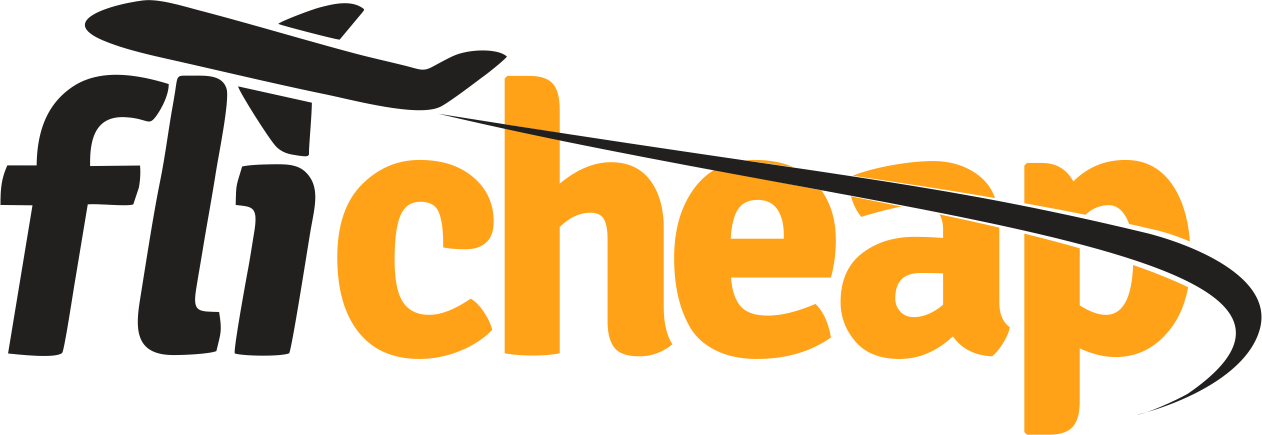Understanding Governance Tokens and DAOs in Cryptocurrency
Coins are frequently used in everyday transactions, like online shopping or sending someone cash. If someone sends you bitcoin, the blockchain facilitates an entry to increase your wallet and reduce the other person’s balance, completing the transaction. Use strong security practices, like enabling two-factor authentication and keeping your private keys offline in hardware wallets.
What Are Some of the Different Types of Tokens That Reside on Blockchains?
It is also famous for Elon Musk being its unofficial champion and most famous supporter. The “recommended fee” suggested by the network will often depend on the time of day (due to depending on network load). Back then, Bitcoin wasn’t much, but now it would be worth around $24,000,000—that’s how much the market has expanded. Let’s unpack each concept as each of these comes with its own set of regulations and requirements. However, it can be difficult to distinguish between a scam token and one representing an actual business endeavor.
A popular example of a governance token includes decentralized exchange how to buy marshall rogan inu Uniswap’s token (UNI). Voting topics can include fee prices, upgrades to the network, and reward quantities. In addition, since tokens use another cryptocurrency’s blockchain they do not need to start with a small user base.
Databases
Cryptocurrencies are generally viewed as a distinct asset class in practice.678 Some crypto schemes use validators to maintain the cryptocurrency. Alternatively, store your digital tokens in web-based wallets or applications, that allow you to manage tokens on a computer or smartphone, like Coinbase Wallet. However, they’re connected to the internet, making them vulnerable to hacking attempts. If you’re looking for long-term storage, hardware wallets like Ledger Nano X are a great option.
- A utility token can grant you access to a specific service, depending on who made it.
- From the very first day, the goal was for the site to be the number one location online for crypto market data, and we work hard to empower our users with our unbiased and accurate information.
- In PoW and PoS systems, miners and stakers indirectly create new tokens through their activities (mining and staking).
- They enable users to interact with the DApp’s functionalities and may have value beyond the platform itself.
If You Are Investing in Cryptocurrency — CoinMarketCap.com Is for You
Today, multiple blockchains support fungible and non-fungible tokens, such as Solana, Cardano, and Tezos. A good example of an Ethereum token is SAND, the currency of blockchain metaverse, The Sandbox. This ERC-20 token lives on the Ethereum network, however, its primary purpose is as an in-game currency in the Sandbox game. In this case, the coin’s only purpose how to buy epic cash is to represent a meme or piece of popular culture. Beyond those initial use cases, each blockchain may have differing use-cases for their native coin though.
While some ICO projects have flourished, others have faced challenges or even failed, highlighting the importance of thorough research and due diligence when investing in crypto tokens. While both tokens and cryptocurrency are digital assets, they’re not the same does day trading binance apply to cardano does day trading apply to crypto thing. You can define crypto as native to a specific blockchain, while tokens are digital assets you need to add on top of the blockchain protocol. Well, Ripple (XRP) coin was created specifically to aid the traditional banking system, and therefore follows a more centralized model than Bitcoin. Then you have stablecoins, offering a way to transfer the value of a fiat currency using the security of a blockchain.
Mainstream Recognition and Initial Coin Offerings (ICOs)
Transactions made with tokens are eventually settled on the blockchain that they use. Many techniques can be used to secure your transactions, such as coin mixing and offline transactions. Of course, this is an additional layer of security on top of the traditional ones developers use for mainstream crypto (not connecting real names to a crypto asset, for example). Some utility tokens may act as in-game currencies, whereas others may be awarded as part of a loyalty scheme when using a specific company. Another popular use case for utility tokens is as decentralized voting instruments in DAOs.
During these events, investors purchase tokens using established cryptocurrencies like Bitcoin or Ethereum. Once issued, tokens can be transferred between participants on the blockchain network. These transactions are recorded on the blockchain’s distributed ledger using smart contracts, providing transparency and security. The process of creating these tokens is known as tokenization, which enables fractional ownership and increased liquidity of real-world assets.
Some tokens are created as financial instruments and some without any reason at all, but some tokens serve a single purpose as part of a specific project or ecosystem. These are known as utility tokens, and they are responsible for all sorts of different ways web3 communities run or present themselves. The first token offered by the ERC standard was the ERC-20 token. In short, this fungible token standard allows users to create, issue and manage currencies supported by Ethereum. It actually fueled the ICO craze of 2017, with countless projects launching their own tokens on the blockchain. Since then, the standard has only expanded, adding ERC-721 tokens (non-fungible tokens) and ERC-1155 tokens (semi-fungible tokens) too.
Pioneering ideas like David Chaum’s eCash (1983) and Wei Dai’s B-Money (1998) laid the foundation for digital currencies with secure and anonymous transactions. These concepts paved the way for digital tokens as a form of electronic cash. There are many different types of tokens, each granting access to unique experiences and utilities. Examples are making payments within a decentralized application (dApp), participating in governance decisions, or accessing exclusive content.
